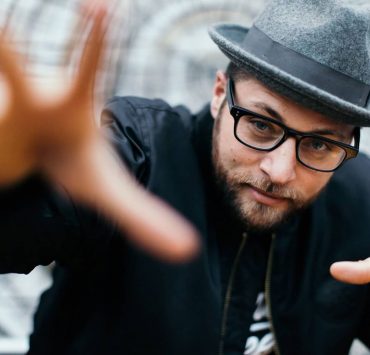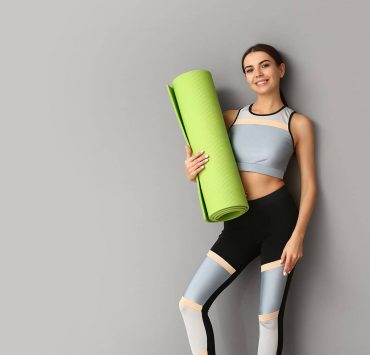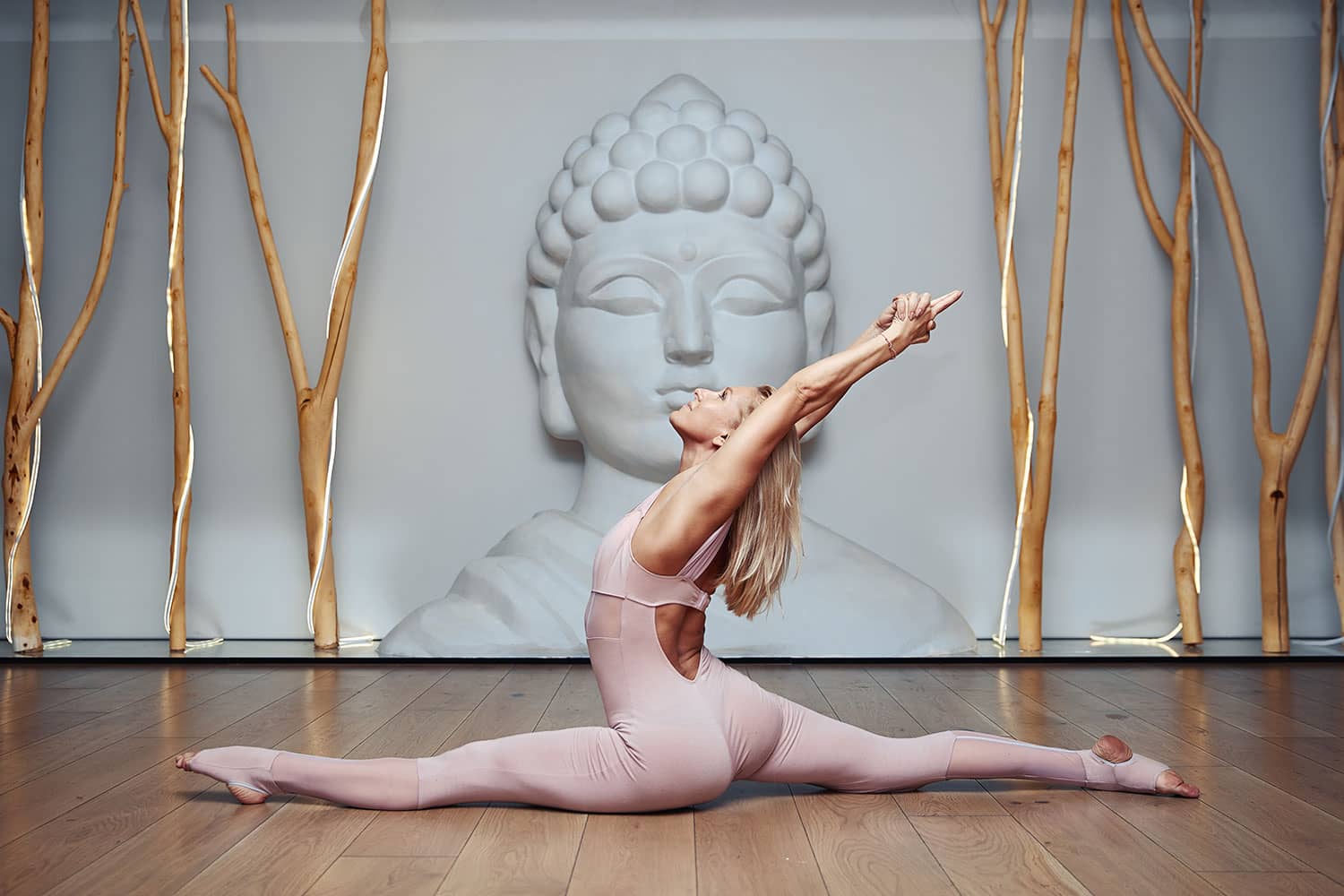
Meditation coach Emma Morrison is the go-to person for those…
Stretching is something we should all do. Yet few of us actually do it. Fitness experts say that stretching is the part of the workout most people tend to skip. But it can make a big difference in how your muscles respond to exercise.
Stretching warms the muscles. And warm muscles are more pliant.
But in yoga, flexibility has been labeled a prerequisite when it shouldn’t be.
If you’re interested in yoga, don’t worry about how flexible you are.
Yoga is meant to be accessible to all people. And if you’re curious about stretching, keep reading to see what it can do for your body. You can still reap the benefits of stretching. But you don’t have to put your legs behind your head.
Common Beliefs About Stretching
#1. The best time to stretch is after exercise.
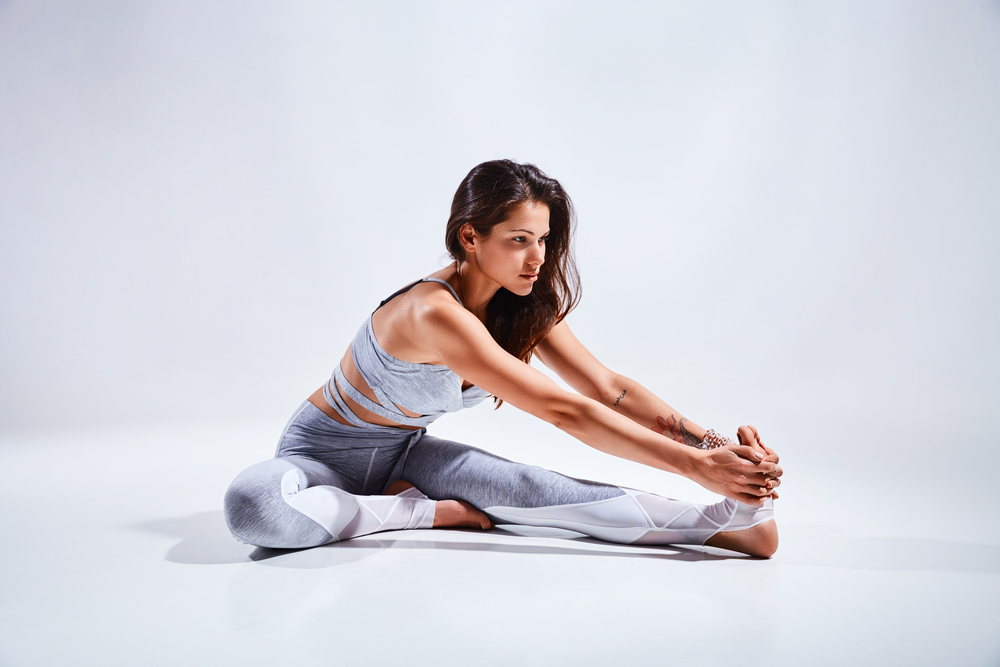
Yes and no. It is safer to stretch warm muscles. Warm muscles are more relaxed and have a greater range of motion. But walking briskly or jogging for five minutes is not sufficient enough.
Try stretching a few minutes into your workout and after. This will help you gain the most out of your exercise.
#2. There’s only one “right” way to stretch.
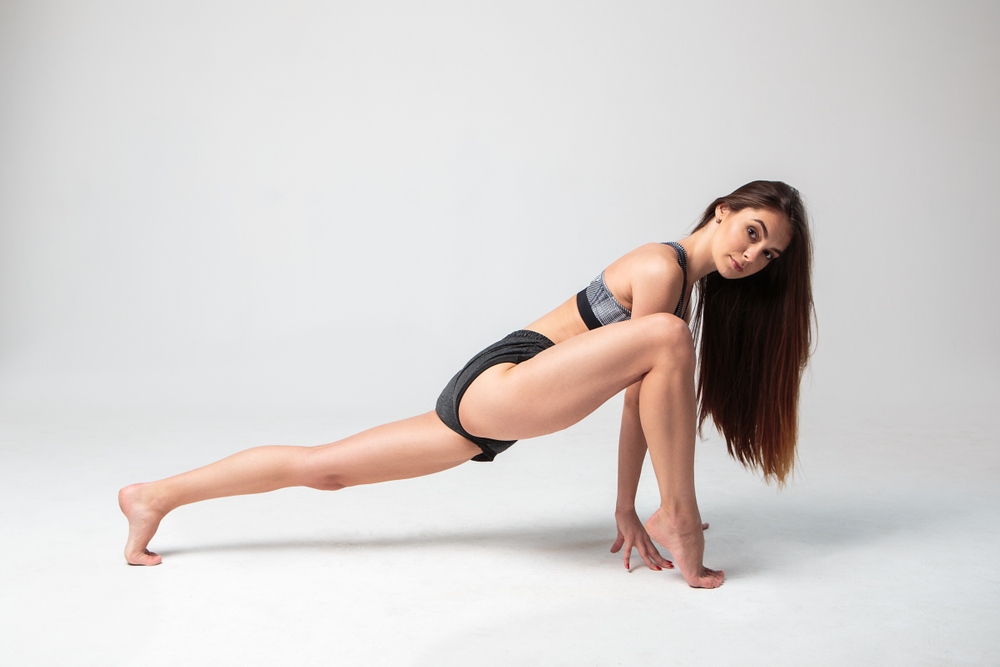
No. There are many different ways to stretch. Below are some common types of stretching to try.
Static Stretching
Static stretching stretches specific muscles until you feel tension. Hold your stretch position for 15 to 60 seconds. This is considered the safest way to stretch. When done gently, it allows the muscles and connective tissue time to reset the stretch reflex.
Active Isolated (AI) Stretching
This method stretches specific muscles until you feel tension. But you only hold your position for 1 to 2 seconds. Often, you will use a rope or your hands to get the muscle to its stretching point.
But do not force the muscle to stay contracted. The muscle is working at staying relaxed. So be careful of overstretching here.
Proprioceptive Neuromuscular Facilitation (PNF) Stretching
This method of stretching contracts then releases the muscle. It is usually done with an assistant or partner who pushes the stretch into place. It can be very effective when done properly.
But only do this method of stretching under the supervision of a physical therapist or trainer.
Ballistic or Dynamic Stretching
This method of stretching requires that you move slowly into the stretched position. Then bounce once you get there. Most people do this version of stretching. But experts agree that this method can be dangerous. It can put too much pressure on the muscle and connective tissue.
Just be wary when you stretch this way.
#3. Stretching should be uncomfortable.
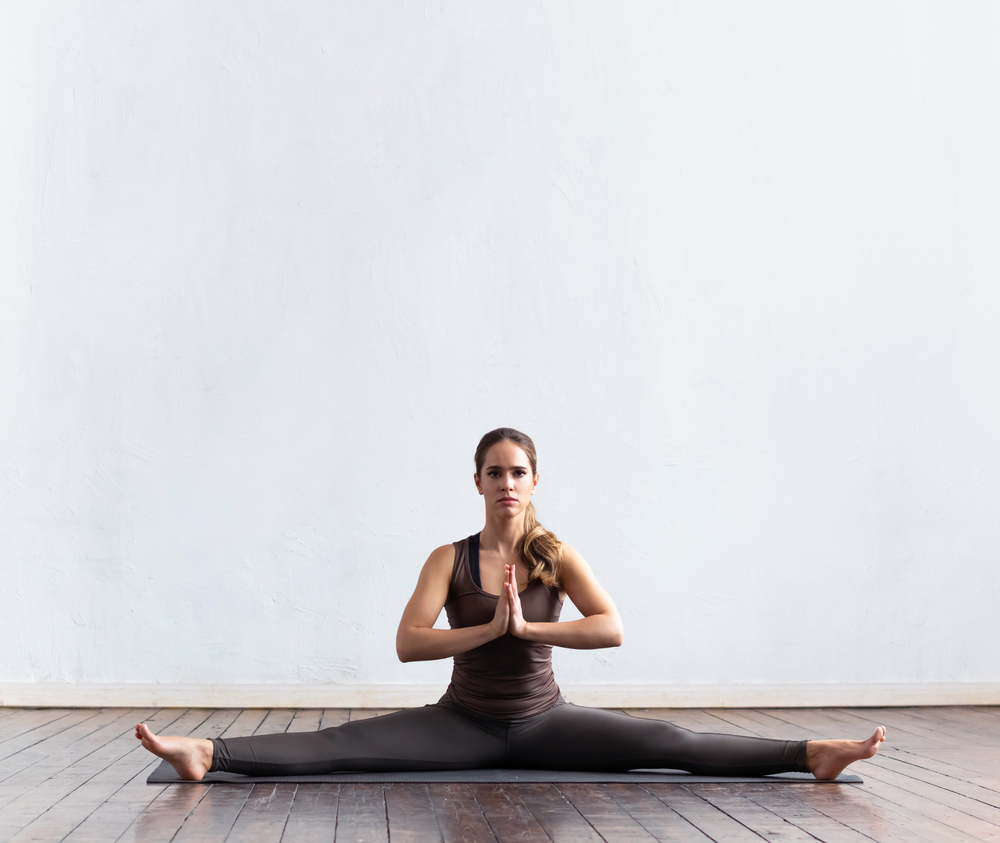
No. Actually, if stretching is painful for you, then you’ve gone too far.
Move into your stretch and stop when you feel tension. Breathe deeply while holding the stretch for 15 to 30 seconds. Then relax, repeat the stretch, and try to move further into it. But do not push past your edge.
#4. You should hold a stretch for at least 15 seconds.
Yes. Most experts agree that holding a stretch for 15 to 30 seconds is sufficient.
What Is Stretching?
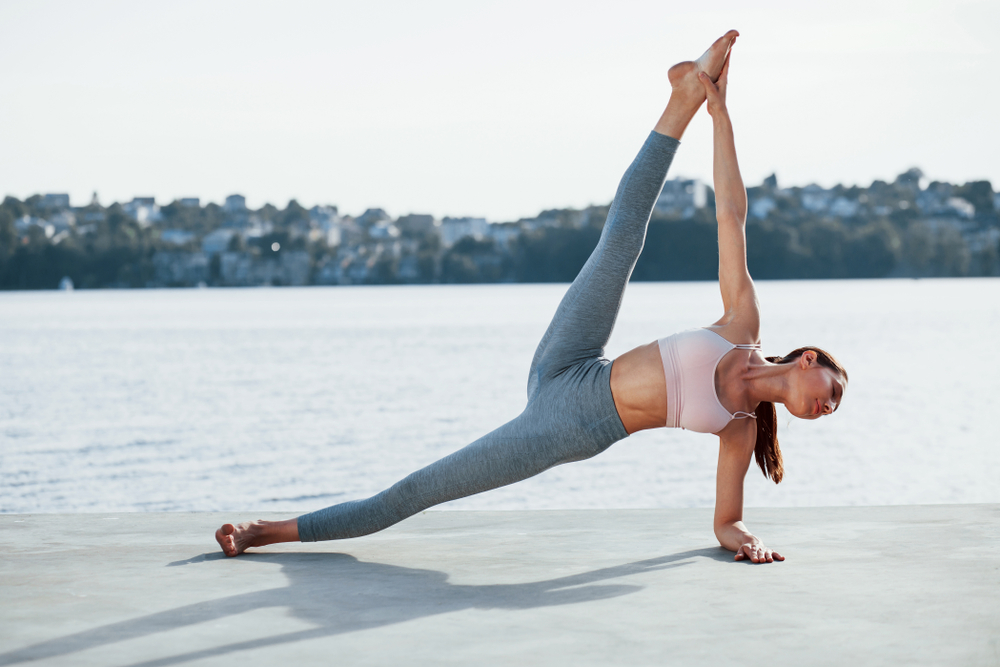
Stretching is a term that some fitness experts like and others don’t. While performing a yoga pose, you are exerting strain on various parts of the body. That strain gets distributed along certain lines. It pulls on muscles, tissues, and joints along a network of connective tissue.
To understand stretching, we need to differentiate first.
There is putting strain on muscles and fascia. Then, there is putting strain on connective tissue.
When coming into a stretch, the body responds first by a freeze reaction. This is also known as the “stretch reflex.” Your muscles will initially protest against this strain. Depending on your condition and the routine, that strain will release after about one to three minutes.
Muscles are elastic by nature.
And when the stretch reflex subsides, the fibers of your muscle release. Then, your muscles will go on to a more elongated state. This is a normal expansion and contraction of a muscle. In this way, it’s not really a “stretch.”
Once the stretch is over, the muscle will contract again to its natural state. Nothing much has changed structurally in the muscle.
But things are different with connective tissue.
After a stretch reflex releases, fibers of connective tissue, which are more elastic, start to “glide” to a more extended state. This is very different from muscles. Connective tissue fibers reattach in their extended state.
Connective tissue stretches in a way similar to how plastic stretches.
If done slowly and evenly, the fibers will come into a new form. They will keep their shape. But if done too quickly or unevenly, they will tear just like plastic.
So “stretching” is used to describe the process of altering the form of the body.
Types of Fascia
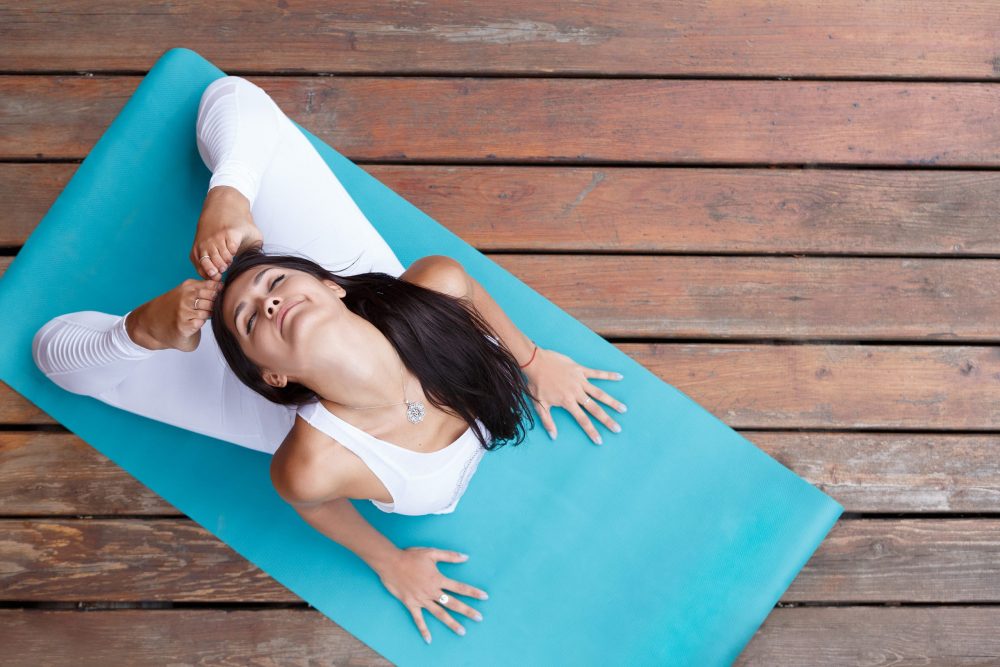
Fascia is everywhere in the body. It holds the skeleton together and encases the organs, nerves, and muscles. Fascia is even found in the eyes. It exchanges information to the brain through the many nerves that run through its tissue.
For a yoga practitioner, there are three important types of fascia to keep in mind.
#1. Ligaments
Ligaments are the connective tissue that connects to the bones. The tissue is very fibrous, strong, and inelastic. They are meant to hold bones together and stabilize joints.
#2. Tendons
Tendons connect muscle in the body to bones. Or they can connect muscle to muscle. This fascia is less thick and fibrous. And they are less elastic. They are not meant to stretch.
#3. Myofascia
Myofascia runs through the muscles and encases muscles in different compartments. Think of it like an orange that has different parts. Myofascia holds muscle bundles together.
Benefits of Stretching
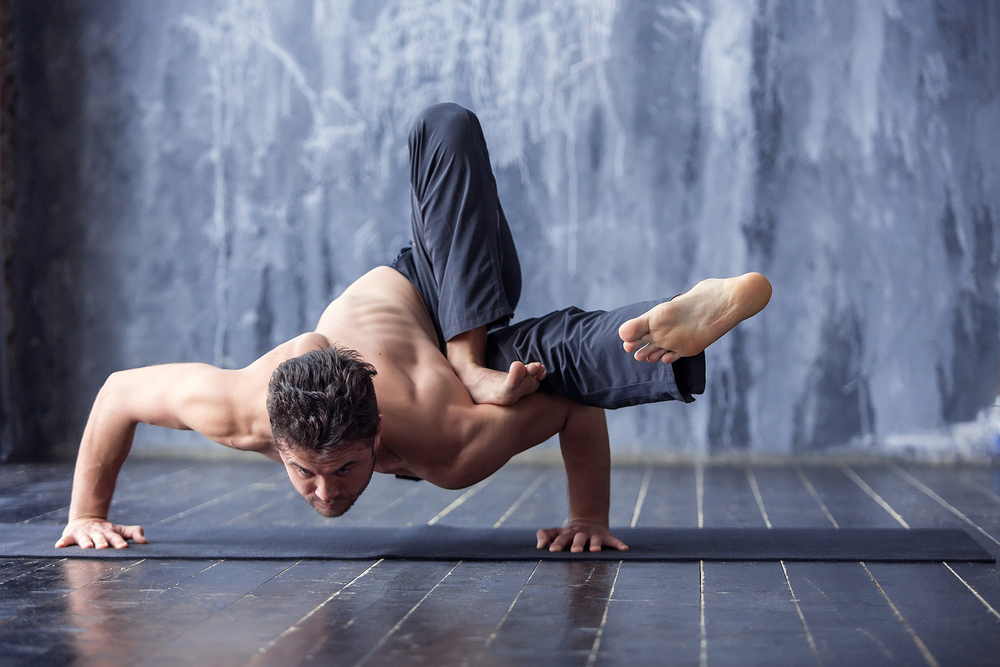
Stretching is good for the body. It is healthy for muscles to be stretched. And myofascial under tension makes for a well-aligned body.
Stretching also promotes circulation.
It keeps the joints and muscles flexible and juicy. And it keeps the body supple and vibrant.
Connective tissue is also responsible for body awareness. Supple and hydrated fascia gives a sense of spaciousness and connectedness to the body. And nerves in the fascia can optimally communicate with the brain.
Connective tissue in the body is also partly responsible for proprioception. This is the body’s sense of where it is in space and how it relates to itself.
Practicing yoga and stretching muscles contributes to body awareness and overall health. But you can also enjoy these benefits without being able to put your legs behind your head.
Overstretching
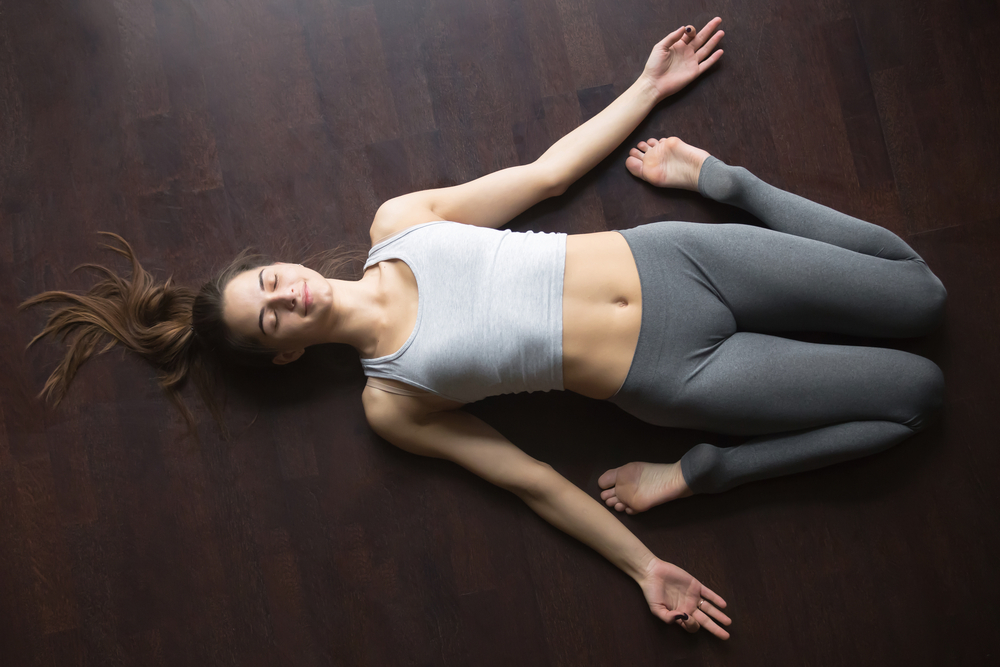
Sometimes, yoga students will struggle to reach different parts of their bodies. They will pull themselves too deep into a pose and stretch beyond where they should.
Flexible people are often more at risk of injuring themselves than stiff people.
Bendy yoga students have a tendency to bypass core stability and integrity. And when stretching in a yoga pose, the strain is not isolated. But it pulls on the whole system of connective tissues. This leaves them vulnerable to overstretching weaker parts of their bodies. And sometimes, this can lead to chronic situations.
Therefore, yoga practitioners who strive for more flexibility increase their risk. They may overstretch their tendons, ligaments, and joints.
The Potential Damage
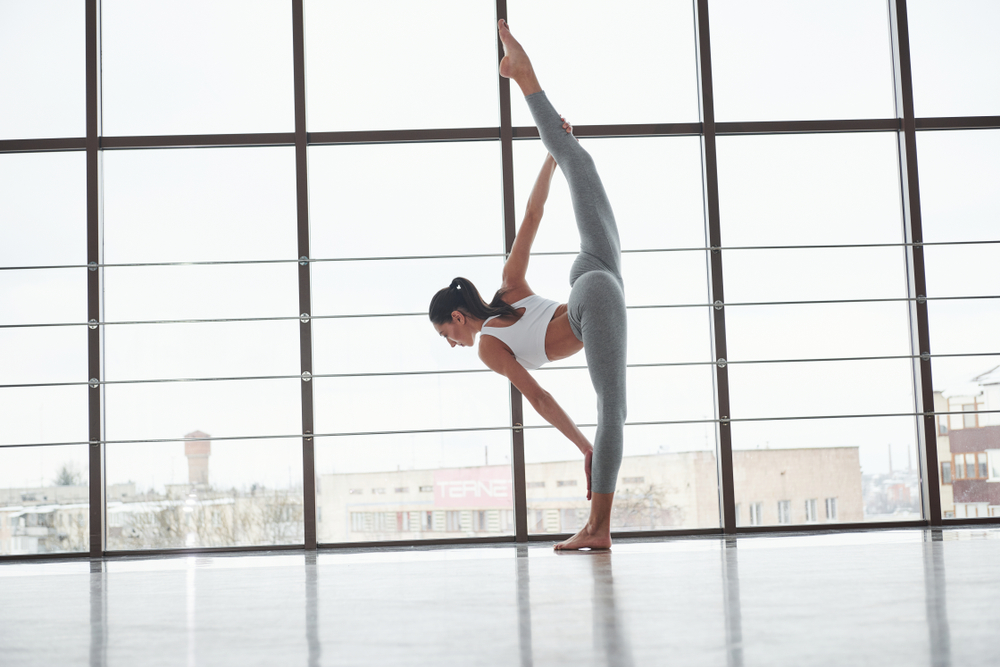
If you experience “sore muscles” after yoga or exercise, you have torn muscle fibers. Micro tears in the muscles are normal with exercise and heal quickly. Muscles have good blood flow. This allows cells to regenerate and work efficiently.
But micro muscle tears are different from tendon tears.
Tendon tears are common in yoga due to overstretching. And this type of tear takes much longer to heal.
Overstretching ligaments takes damage one step further. Sometimes, it can lead to chronically unstable joints. Too much pulling on the joints when stretching is the riskiest kind of overdoing it. And it has a long-lasting effect on the body.
The Benefits of a Less Flexible Fascia
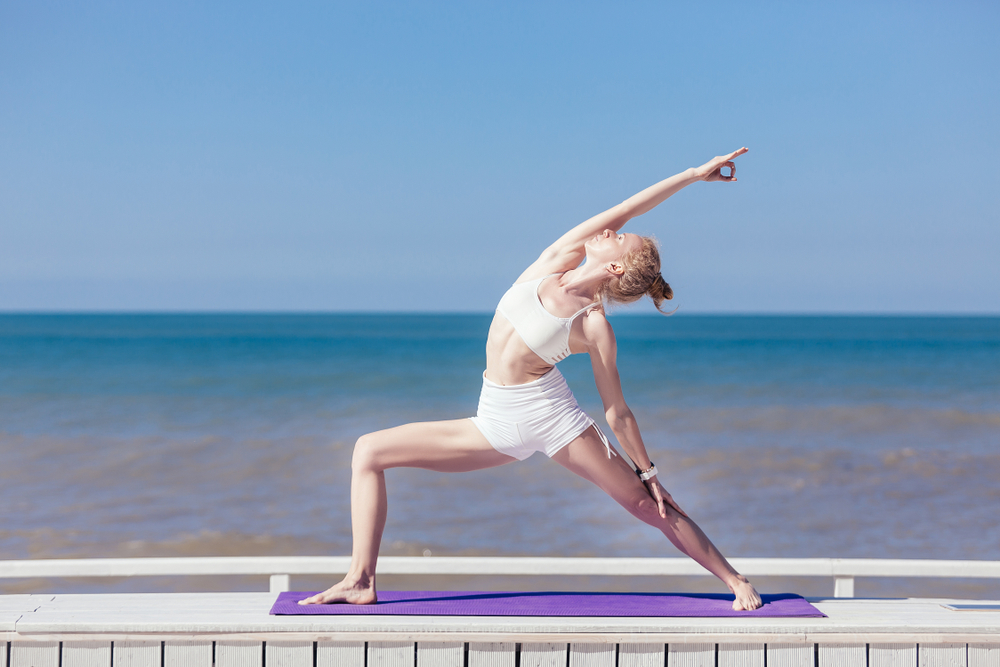
Having stiff muscles or less flexible fascia is not necessarily a bad thing. They constrict your mobility. But they also protect your joints and ligaments from overexertion.
The stability of your body protects you from injuries.
You may never be able to do a full split. But you will also never destabilize your sacroiliac joint either.
Next time you’re encouraged to stretch beyond your limit, stop. Consider what you are trying to achieve. Ultimately, a good yoga practice depends on how we practice.
Beginner Stretches
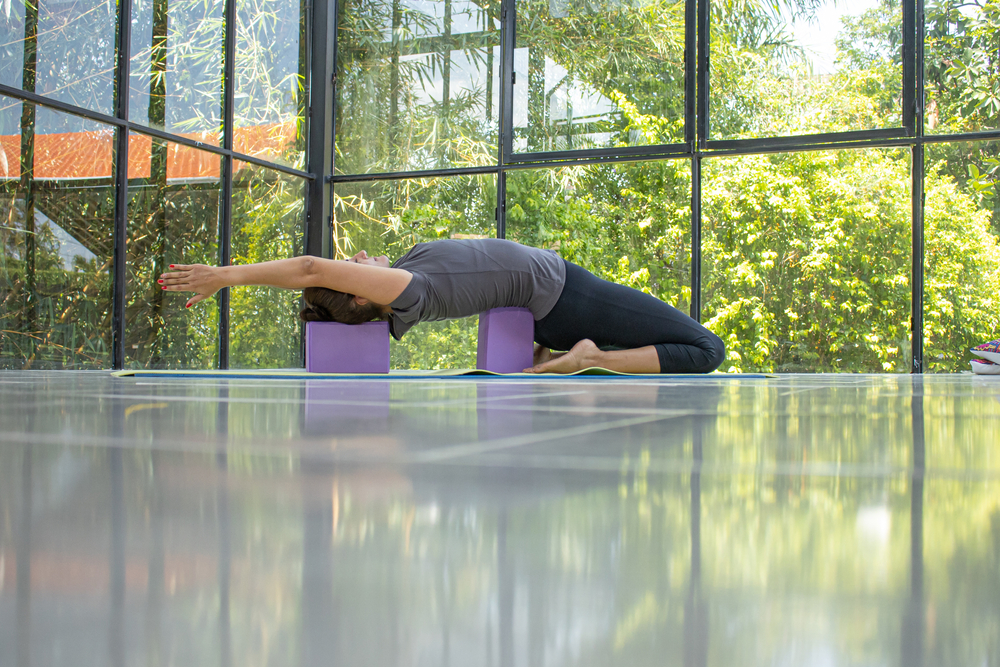
Overhead Stretch
An overhead stretch targets the shoulders, neck, and back.
Start by standing with your feet shoulder-width apart. Your knees and hips should be relaxed. Interlace your fingers and extend your arms above your head. Keep your palms facing up.
Take 10 slow, deep breaths here. Elongate your stretch on each exhale.
Relax and then repeat once more.
Torso Stretch
This torso stretch specifically targets the lower back.
Stand with your feet shoulder-width apart. Be sure to keep your knees bent. Place your hands at the small of your back. Angle your pelvis forward. Point your tailbone backward slightly.
Feel this stretch in your lower back. Pull your shoulders back too. Hold here for 10 deep breaths.
Then release and repeat once more.
Cat and Cow Stretch
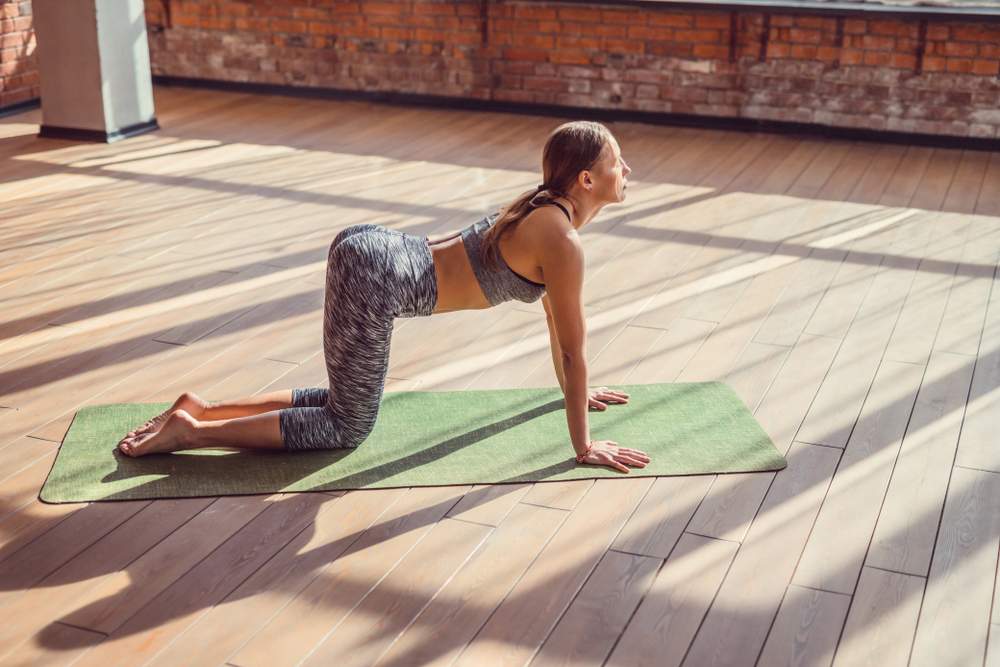
This is a very easy and accessible stretch. It will target all areas of your body.
Get down on your hands and knees. Make sure that your hands are directly underneath your shoulders. Keep your back flat and make sure your toes are pointed behind you.
Tighten your abdominal muscles and arch your back. Drop your head down so you are looking at your stomach. Hold here for 10 seconds. Breathe deeply into this pose.
Now lower your back until it is swayed.
At the same time, raise your head up. Hold here for 10 seconds. Then return to your starting position.
Repeat this process four times.
Risky Stretching vs. Safe Stretching
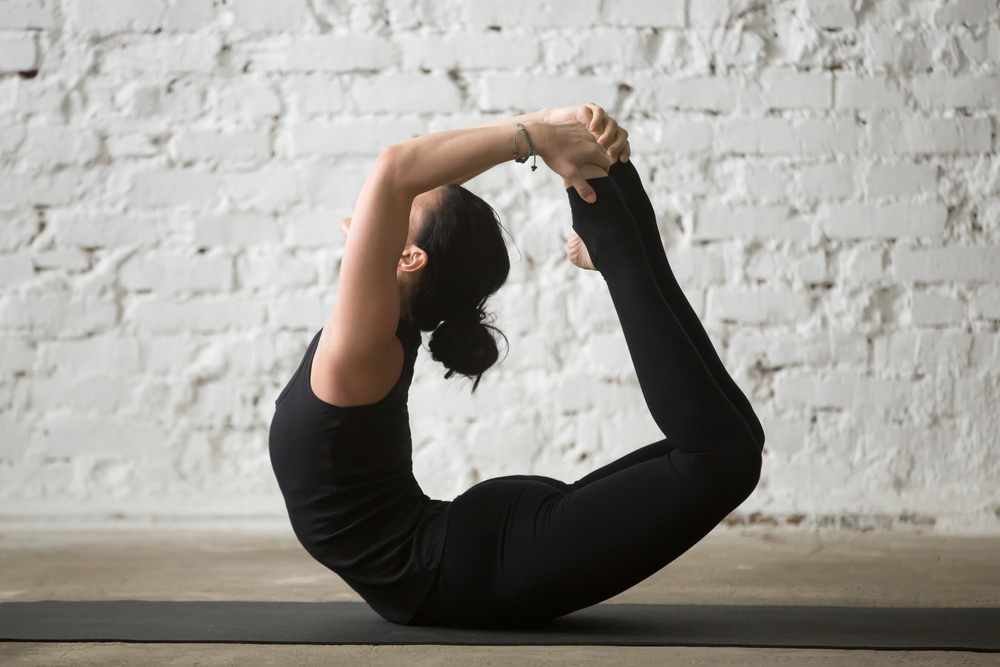
Stretching the hips in standing poses
Crescent lunge is a great stretch for the hips. But be careful you are not “hanging” in the hips.
This allows the back leg to drop to the floor. It can create an unbalanced tension in the hip flexors. This “hanging” position can also compress the sacroiliac joint.
Instead, draw the legs to the midline.
Lift the back leg to create a safe stretch for the hip flexors. Be sure to engage your lower belly muscles. This will help to align the pelvis and sacrum. From the center of the pelvis, stretch both through both legs. And lift up through the spine.
Stretching in Adho Mukha Svanasana
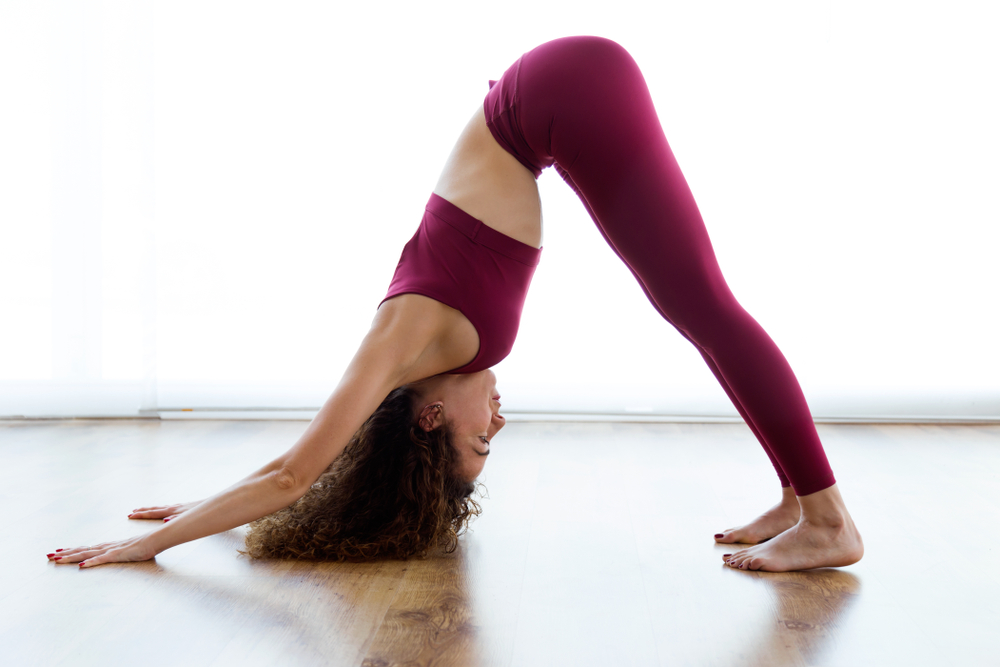
Downward Dog is a pretty standard yoga pose. Because it is so common, it is important to make sure you are doing it correctly.
Risky stretching in this pose means dropping the arms toward the floor. This presses the chest down and causes a “hanging” in the shoulders. Then, the shoulder blades get pulled off of the back.
Additionally, this “hanging” position can compress the shoulder joints. It can also be damaging to the rotator cuff muscles. And the lack of muscular engagement in the legs will cause an excessive forward tilt of the pelvis. This means your hamstrings are at risk of overstretching.
Instead, practice safe stretching.
Press your hands evenly into the floor. This will engage the arm muscles in a more balanced way. From your hands, draw your muscles up into the shoulders. Press your feet into the floor and keep your leg muscles engaged. Press the tops of the thigh bones and sit bones back.
Then, draw your belly in. From the sternum, stretch out to your hands and feet.
This will still give you a great stretch. But it keeps you safe in doing so.
Stretching in Uttanasana
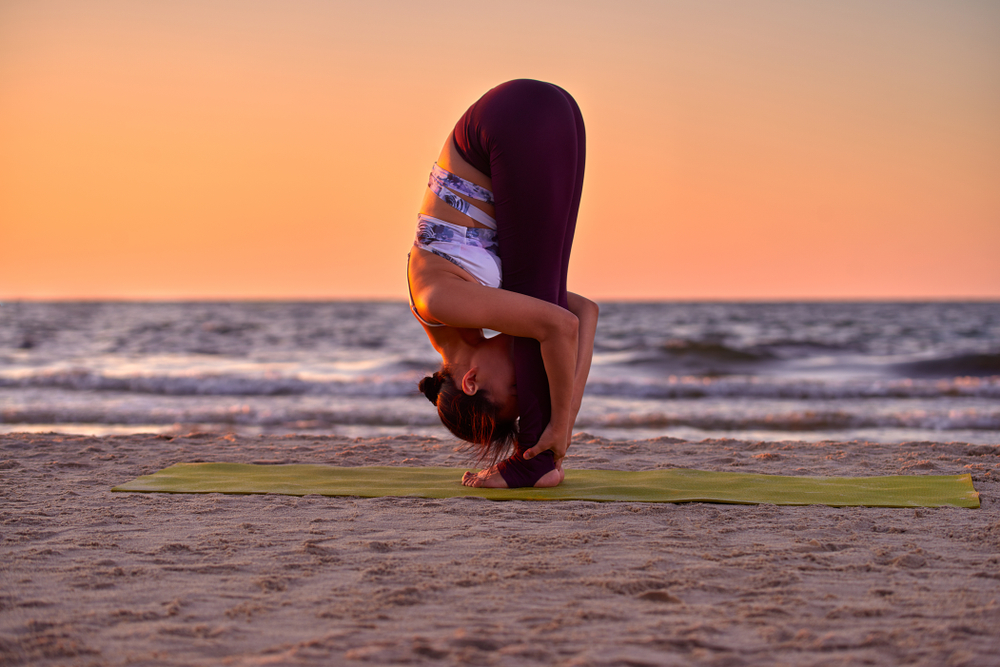
It might seem strange, but even Forward Fold has some risky stretching. If the pelvis is behind the ankles, it creates a “hanging” in the pelvis and hamstrings.
This leads to misalignment.
And the lack of muscular engagement compresses the hip flexors. This creates excessive pressure in the sacroiliac joint. And it can increase the risk of overstretching the back of the legs and pelvis.
For this pose, you can try aligning with a block.
Bring your pelvis directly over your feet. Use a block to engage the inner thighs and hug your midline to activate the leg muscles. Remember to keep your knees soft while pressing your inner thighs together. Press the sit bones back until the pelvis tips forward. At this point, the sacrum should be at its highest point in the pose.
If you have tight hamstrings and inner thighs, bend your knees. Do this for as long as you need until you feel that forward tilt. Additionally, draw your lower benny in and hug the outer hips. You will feel a lift in the front of your body.
Practicing safe stretching in this pose means keeping this alignment.
It also means maintaining stability in your legs, outer hips, and belly. Be sure to press down from the center of your pelvis to your feet. From the pelvis, lengthen through your spine to the crown of your head.
This will ensure the most effective Forward Fold in your practice.
Stretching in Bhujangasana
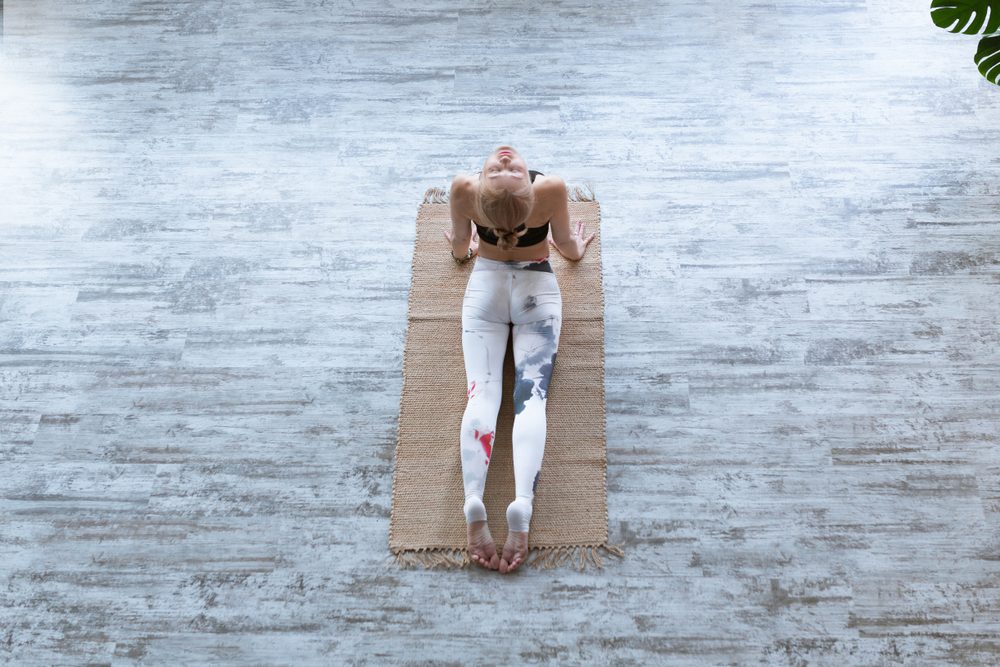
Cobra Pose is a great stretch for the body overall. But the lack of muscular engagement in the inner thighs can lead to risky stretching. This separates the legs away from the midline. And it compresses the sacrum, creating excessive lumbar extension or arching.
Unengaged hand and arm muscles will build up pressure in the wrists as well. This allows the arm bones to move to the front of the body and compresses the shoulders and upper back.
Additionally, pressing the head into the neck compresses the neck and overstretched the throat.
Again, try aligning with a block in this pose.
Place a block in between your inner thighs. This will create stability in the core line of your body. Activate your inner thighs by pressing into the block. Roll the leg bones inward to align the legs, pelvis, and lower back.
All of these adjustments will protect and stabilize the lower back. And remember to draw the lower belly muscles in too.
If you would like to try without a block, keep the alignment and stability in the legs. Lengthen the sides of your waistline and release your shoulders down. Stretch out from your pelvis and evenly through your legs and spine.
Press your hands into the floor to activate the arm muscles. Draw your shoulder blades onto your back to ensure safe stretching. Then, from your engaged arms, legs, and core, you can move your chest forward between your arms.
Just be sure you don’t move your chest straight up.
Final Thoughts
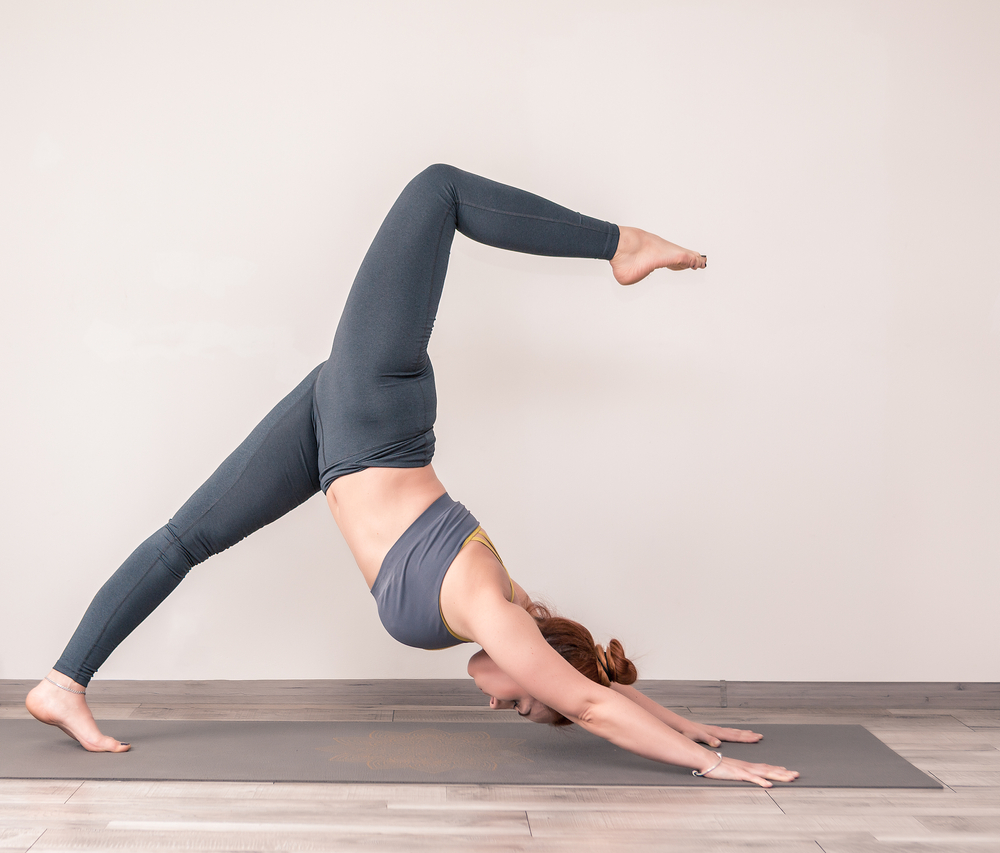
When stretching, remember to listen to your body. Pay attention to how you are feeling. And relax before going into any active stretching.
Ask what parts of your body feel tight or compressed. Do you feel vulnerable or sensitive in certain areas? Are you holding your breath? Do you feel any tension in your body?
If you do, remember to align your body.
Root down through your bones and skeleton. This will reduce any unnecessary tension. Here, you will primarily rely on the stability of the skeleton rather than the muscular system.
Remember to keep your joints open, not locked. Pay close attention to your knees, wrists, elbows, shoulders, and spine.
And most importantly, go slowly and work within your limits.
There is a soft edge and a hard edge. Try to work in the space between those two boundaries. That is where you will find the sweet and the safe spot.
Additionally, you can use props to help you. They will support you and give you stability during more challenging postures. Don’t be afraid to use them. They are there for a reason.
Props will not limit your practice. But they will help align your body where it needs to be.
What's Your Reaction?
Meditation coach Emma Morrison is the go-to person for those living in Salt Lake City, Utah, who need to release stress and tension or simply dive deeper into their meditation practice. In her writing, you’ll receive useful information on how to live a more fulfilling life.






